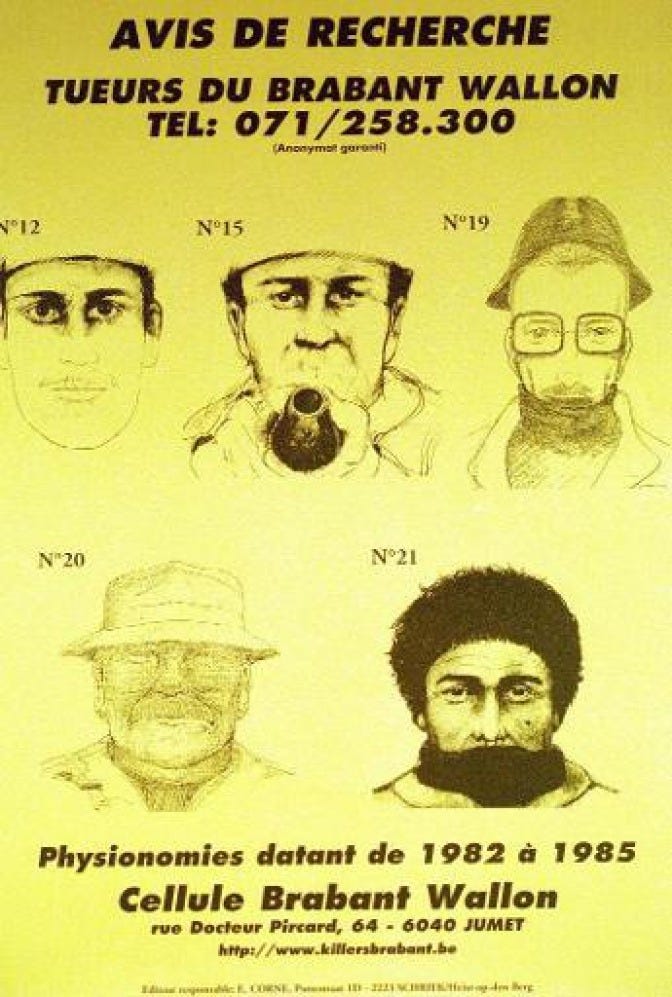How the CIA oversaw Belgium's secret Nazi army
“We knew we were protected” -- NATO's terrorist army recruited fascists and targeted ordinary civilians to strike fear into the heart of the populace and abort radical political change.
“It was advisable not to be too specific, because this was one of the most secret organisations that has ever existed” — That’s how former Belgian Gladio agent Michel Van Ussel recalled the line he was sold by his recruiter in 1987.
He related his involvement in NATO’s secret terrorist network at the opening of an extraordinary 1992 BBC documentary series.
The secret soldiers were given high-powered short wave radios that could communicate over distances more than 6,000 km, funding, secret code names, access to arms caches and training in bases near London and Boston.
The secret army in Belgium was only one link in a chain of state-sanctioned terrorist groups that stretched all across Europe — Operation Gladio. The ultimate masters of this network were the CIA. The footsoldiers were often members of the far-right: extreme monarchists, fascists and outright Nazis.
The goal: preventing radical political change and keeping Europe under the control of US empire using brutal covert operations and false flag terrorist attacks.
In his book on Gladio, Swiss historian Daniele Ganser explains that an investigation by the Belgian Senate later found that (identical to the rest of the Gladio network) the Belgian secret soldiers were all “thoroughly anti-communist” in political orientation.1
They were also involved in atrocities in former imperial domains overseas: “Members of the Belgian secret army much like their colleagues of the secret Portuguese army had also operated in the Belgian colonies in Africa.”2
But NATO’s secret Nazi army in Belgium was responsible for atrocities at home too.
These false flag operations aimed to strike fear into the population while simultaneously implicating the Communist Party (which, like in Italy and France, was relatively mainstream and often came close to winning elections).
In 1990, Operation Gladio was revealed to the world by Italy’s prime minister. The admission caused shock waves all over Europe. Just as in Italy, the Belgian parliament set up an inquiry.
Belgian defence minister Guy Coeme asked his army chief, “Whether there existed in Belgium a Gladio like organisation.” Despite his government role supposedly leading the armed forces, Coeme maintained that he had never heard of such a structure.3
The minister’s blissful ignorance is an indication of the “parallel structures” secretly running European countries which were emphasised by renegade Italian Gladio agent Vincenzo Vincguerra (an unrepentant fascist terror-bomber).
Gladio was a network of unaccountable hidden armies stacked with fascists, which manipulated European governments on behalf of the CIA and MI6 for decades.
Defence Minister Coeme also demanded “to know whether there exists a link between the activities of this secret network, and the wave of crime and terror which our country suffered from during the past years.”

In speaking of a “wave of crime and terror” the defence minister was primarily referencing the Brabant massacres of 1982-1985.
This string of 16 seemingly motiveless massacres of civilians in supermarkets across the Brabant region by a shadowy group of gunmen struck fear into hearts across the country. Many people were injured and 28 were killed.
Only very small sums of money were ever involved — often less than $5,000 — and victims were gunned down mercilessly.
The aim seemed to be pure terror. No one was ever caught for the crimes. But the attacks all shared the same hallmarks: “Massive brutality and professionalism was employed.”
Keep reading with a 7-day free trial
Subscribe to Palestine is Still the Issue to keep reading this post and get 7 days of free access to the full post archives.





